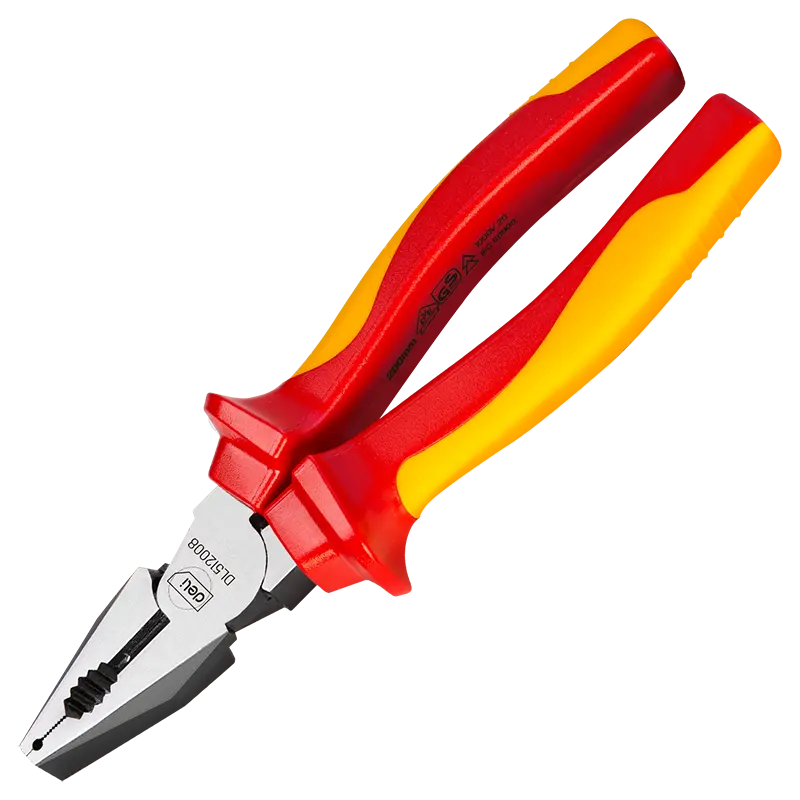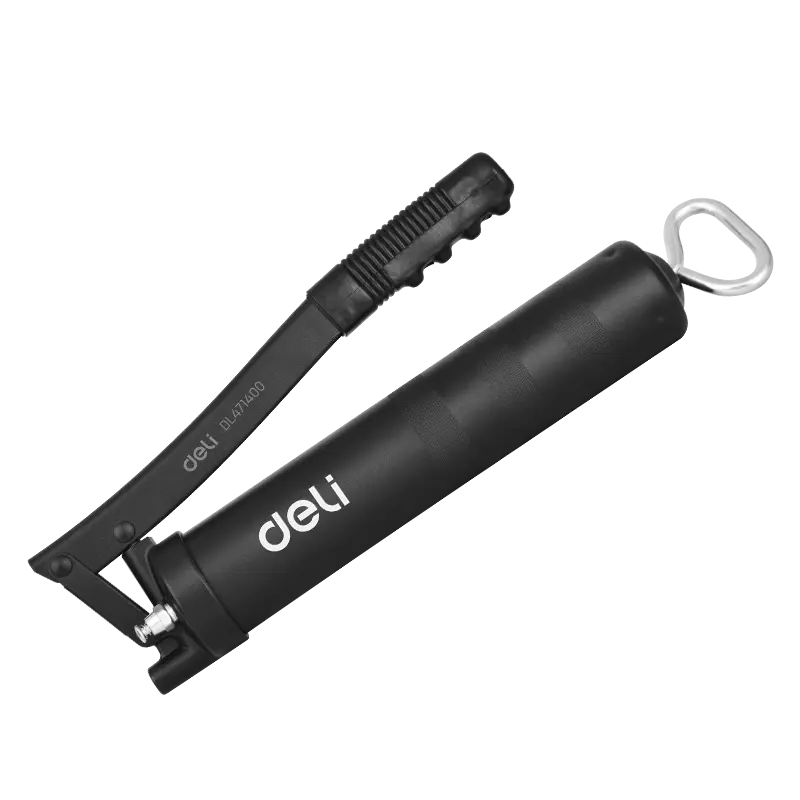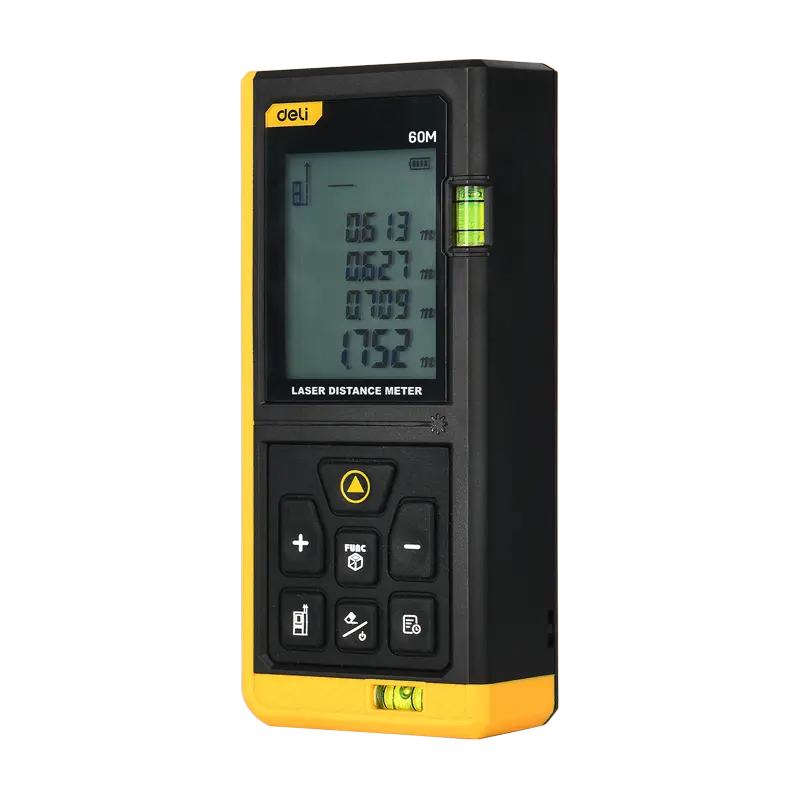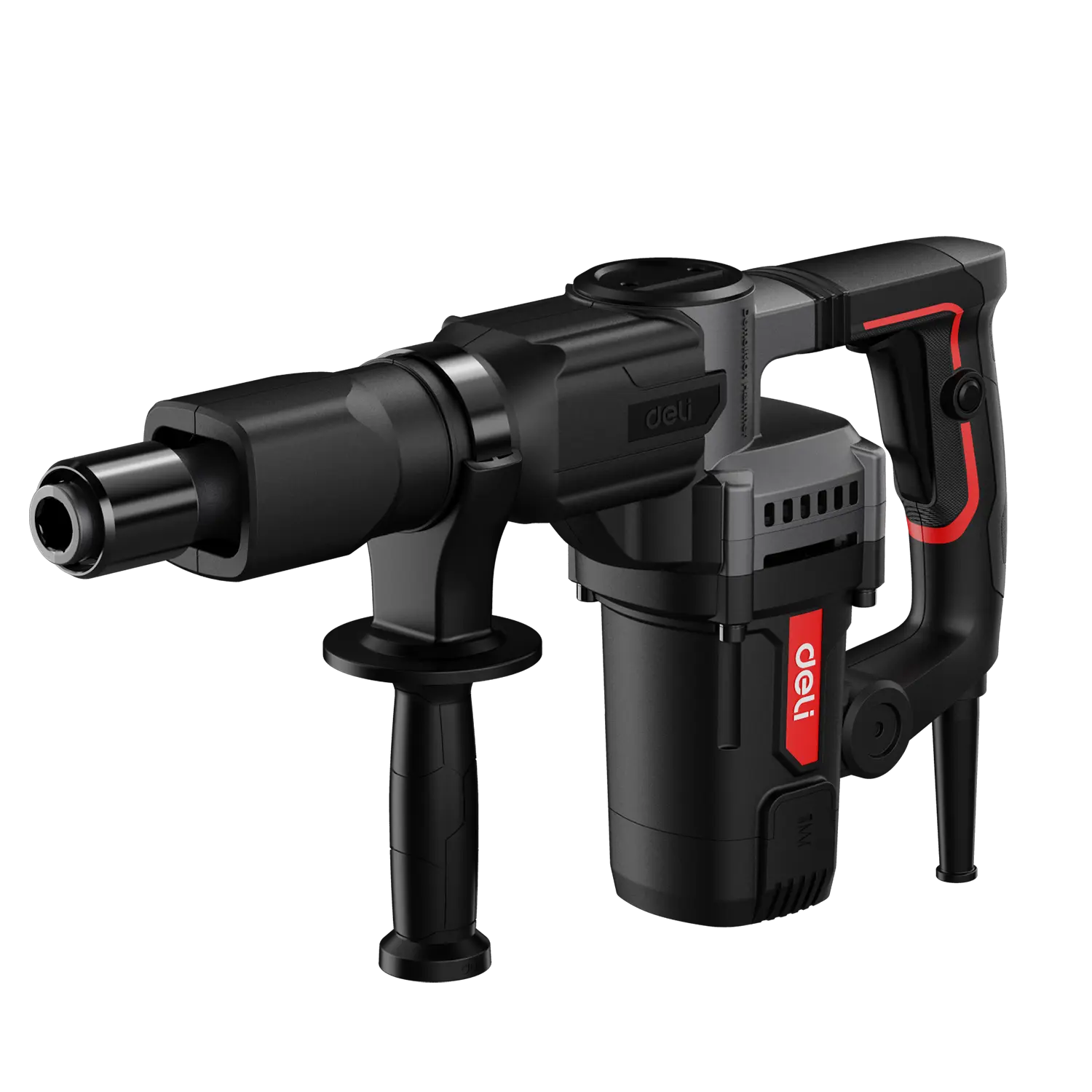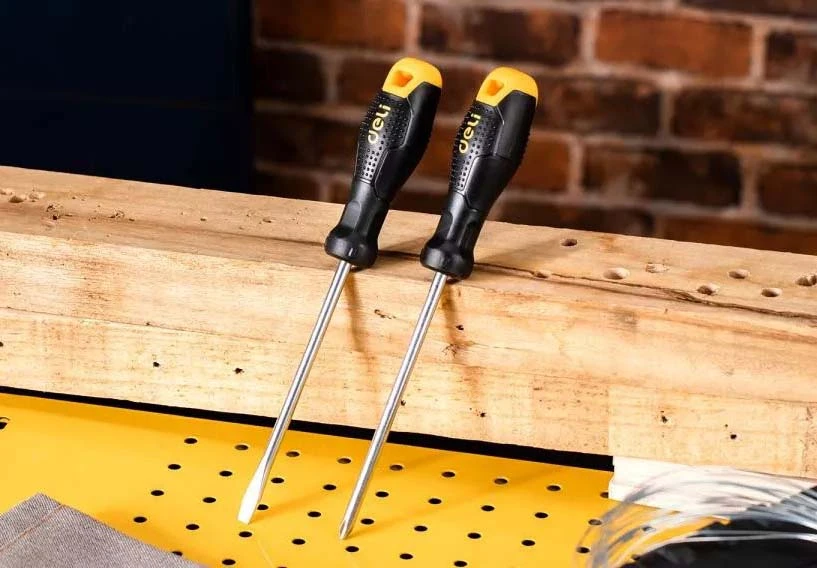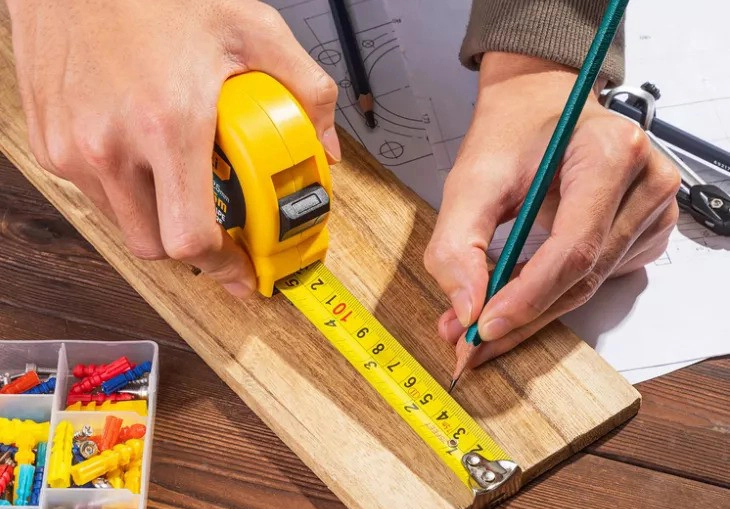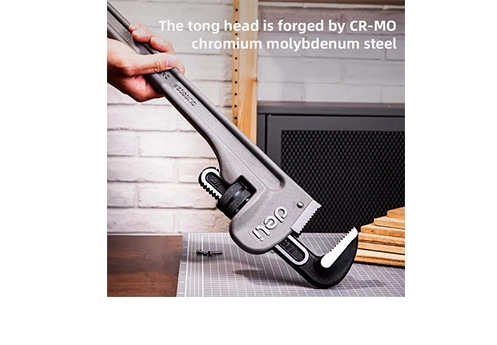A pipe wrench is an important tool for fastening and dismantling various pipe components, widely used in pipe installation and maintenance. Choosing a reliable pipe wrench, such as the high-quality products from the well-known pipe wrench manufacturer Deli Tools, can significantly improve work efficiency and safety. Especially in recent years, the self-adjusting pipe wrench has become increasingly popular for its flexible adjustment function, making it more convenient to use. However, there are still several key precautions to consider during operation to ensure the tool's longevity and safe use.
Keep the Jaws and Adjustment Ring Clean
The jaws and the adjustment ring of the pipe wrench are key components that ensure proper clamping force and smooth adjustment. Before and after use, these parts should be kept clean to prevent dirt and rust from affecting the tool's performance. Regularly cleaning the pipe wrench will not only maintain its functionality but also extend its lifespan.
Choose the Right Size Pipe Wrench
When using a pipe wrench, it is crucial to select the appropriate size according to the diameter of the workpiece. Using a wrench that is too large or too small can result in improper clamping or even damage to the workpiece. Therefore, ensure that the pipe wrench is sized correctly to match the workpiece.
Ensure the Jaw Opening Matches the Workpiece Diameter
The opening of the pipe wrench jaw should be exactly or slightly smaller than the diameter of the pipe to ensure a secure grip. This prevents slipping during operation and reduces the risk of accidental injury. Always adjust the jaw opening to match the size of the workpiece before use.
Do Not Use the Pipe Wrench as a Hammer
The pipe wrench is designed for gripping, not for withstanding impact forces. Never use it as a hammer to strike objects, as this can damage the tool or cause personal injury. The pipe wrench should only be used for its intended purpose.
Use Force Extension Bars Appropriately
If an extension bar is needed for additional leverage, ensure its length is appropriate. An overly long extension bar may cause excessive torque, potentially damaging both the pipe wrench and the workpiece. Proper leverage can help make operations more efficient, but excessive force can create unnecessary risks.
Be Cautious of the Torque on the Handle
When operating the pipe wrench, use moderate force to avoid overloading and damaging the tool. Too much force can damage the wrench or cause the workpiece to deform.
Ensure the Jaw is Securely Tightened Before Applying Force
Before turning the pipe wrench, make sure that the jaw is firmly clamped onto the workpiece. If the jaw is not securely fastened, it may slip and cause injury. Always confirm the workpiece is tightly held before applying force.
Avoid Gripping Hot Workpieces
A pipe wrench is not suitable for gripping hot pipes. High temperatures can cause the tool's metal parts to deform or may lead to stress during thermal expansion and contraction, potentially damaging the tool or creating dangerous conditions during use. Avoid gripping hot pipes with a pipe wrench.
Selecting a high-quality self-adjusting pipe wrench, especially from a professional pipe wrench manufacturer like Deli Tools, ensures durability and precision while meeting the needs of various pipe handling tasks. By following the above precautions, you can effectively extend the life of your pipe wrench and ensure a safer working environment, making your construction work smoother and safer.

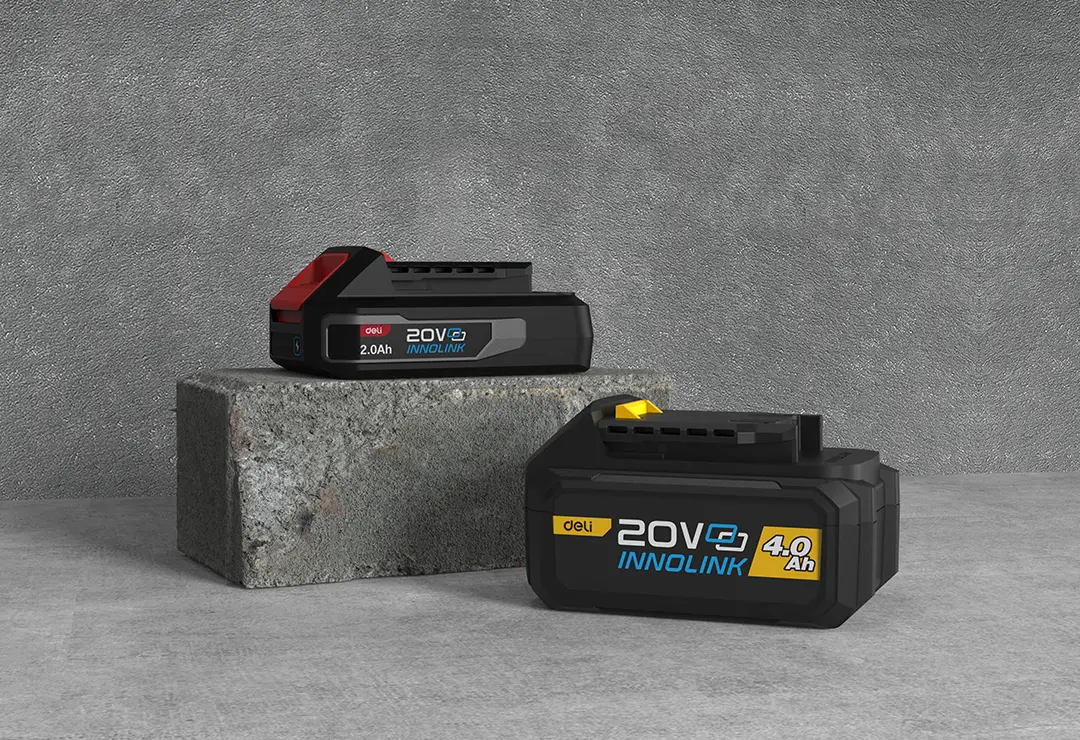
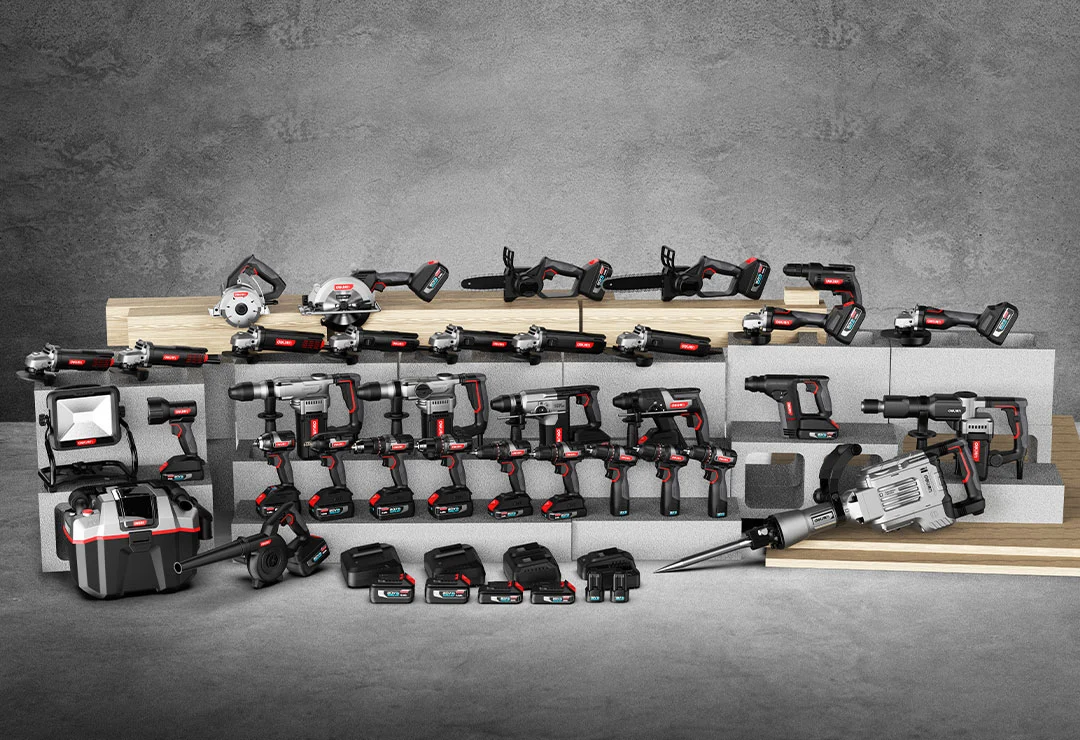
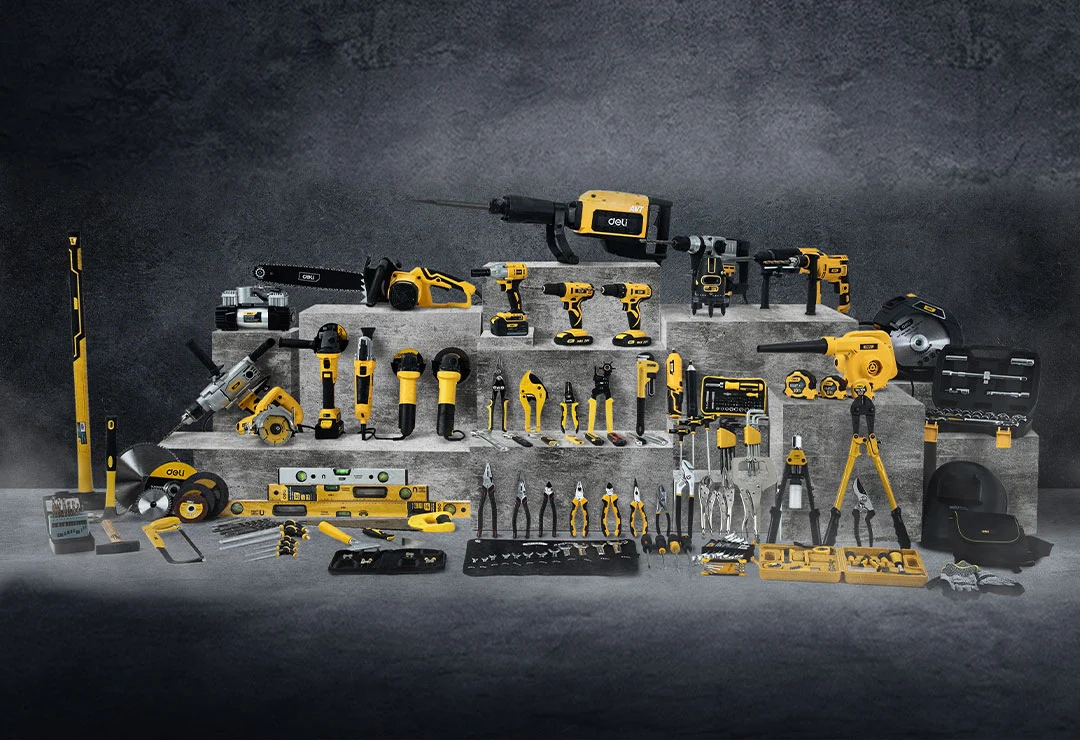
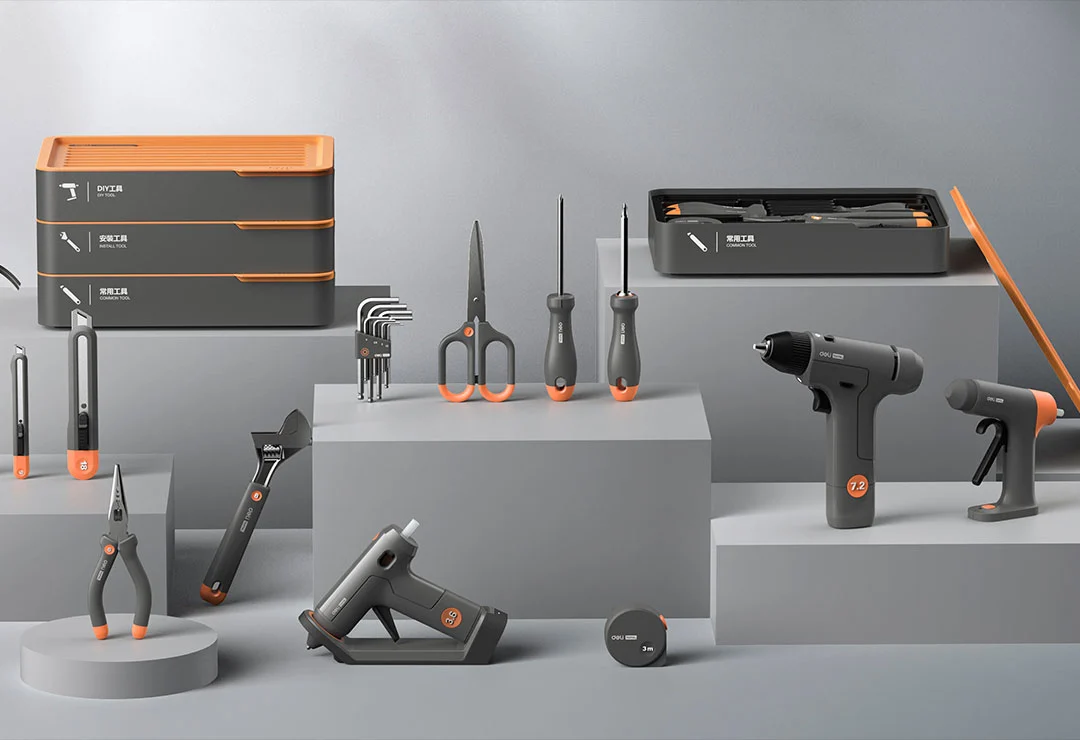

 EN
EN
 jp
jp  ko
ko  fr
fr  de
de  es
es  it
it  ru
ru  pt
pt  ar
ar  vi
vi  th
th  hi
hi  pl
pl  id
id  el
el 